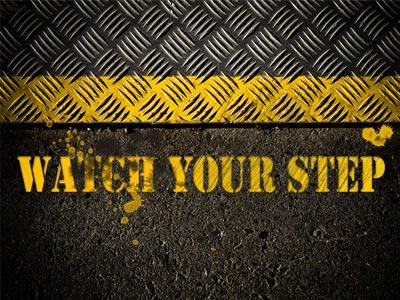-
Dealing With Blind Spots
Contributed by David Henderson on Nov 28, 2017 (message contributor)
Summary: In this message we look at the first instance of a man who was healed by Jesus and then thrown out of the synagogue. The pharisees were alive and well and still are.
“Dealing with blind Spots”
John 9
Yes it’s a lengthy passage but to know the whole story we must read the whole story. So last week we looked at Jesus changing the water to wine. That was the first sign Jesus performed. This is the sixth. Remember that a sign is a miracle that always points to a deeper truth and you will see that as we move through the passage.
The disciples and Jesus were traveling together when they saw a man who was blind. And somehow they recognize that the man had been blind from birth. Immediately the disciples asked Jesus a theological question— here it is— teacher, who sinned, the blind man or his parents? Who caused this blindness? One of the teachings from the OT law came to be known as the Deuteronomic formula which went like this
• if you do good, good things will happen to you
• if you do bad, bad things will happen
So they would’ve heard that teaching and they chose to follow it. This is likely why they asked the question. Jesus tells them quickly— neither of them sinned. There is in fact a bigger reason this has happened:
God puts himself on display through his people
so that the lost can be reached.
Remember, a sign always has a larger purpose than just the miracle in itself. The miracle mattered; you don’t believe it, ask the blind man. His world was completely changed. Jesus then goes to work immediately and he has an interesting formula to cure blindness. Here it is:
Dirt plus spit plus water equals new eyesight
Now the folks at one of the eye clinics may not support that but it worked for Jesus. Jesus basically made mud pies, rubbed on the man’s eyes. He then instructed the man to go and wash in the Pool of Siloam. There was an underground tunnel that had been dug that extended about 1/3 of a mile between the main spring and the pool so the water could be moved/used.
So the man went and washed the mud away and came back seeing. People recognized the man--he had probably sat in the same location daily, apparently to ask for money or food and his neighbors noticed him and said hey that’s the guy we have seen begging. Some agreed. Others said no it’s not him. But the man says to them, yes I am the one! So now they have a question for the man who had been blind. How did this happen? So he explained the process. Dirt + spit + water= sight. These neighbors brought the man to the Pharisees. This group— the Pharisees are mentioned dozens of times in Scripture... And let’s just say they loved the law and they were quite legalistic. Needless to say, none of this made any sense to them. So they asked again. We want a different answer; one we understand. Because this doesn’t fit our theology. The man gives them the same answer and now they come to this conclusion. This man was blind. Jesus spread mud on his eyes. Now the man can see. So here was their conclusion. This man, Jesus does not honor the Sabbath. You see their thought was that anyone who did not keep the Sabbath could not heal. Because that made them a sinner. And if a man was a sinner, he could not perform miracles. Never mind that a man who was blind had been miraculously healed—apparently this did take place on the Sabbath and putting mud on his face involved work and that was not allowed to happen.
Ridiculous. This is how they twisted the law to benefit themselves. And what happened in this would occur many more times is that the Pharisees and other unbelievers would miss the big picture. Here it is:
Jesus did not come to abolish the law; he came to fulfill it. Matthew 5:17.
Paul says the OT law was our guardian/protector until Christ came. Then everything changed. But legalists don’t like change—they don’t know why they do things a certain way--it may not even be the right way or the best way--it’s just what they had been taught. You may have heard of the man whose wife sent him to the store to buy a whole ham. After he bought it she asked him why he didn’t have the butcher cut off the end of the ham. So he asked his wife why she wanted the end cut off. She replied that her mother had always done it that way and that was reason enough for her. So the wife’s mother was visiting and he ask her why she had always cut off the end of the ham. She said well because my pan was always too small to cook it in one piece.

 Sermon Central
Sermon Central



